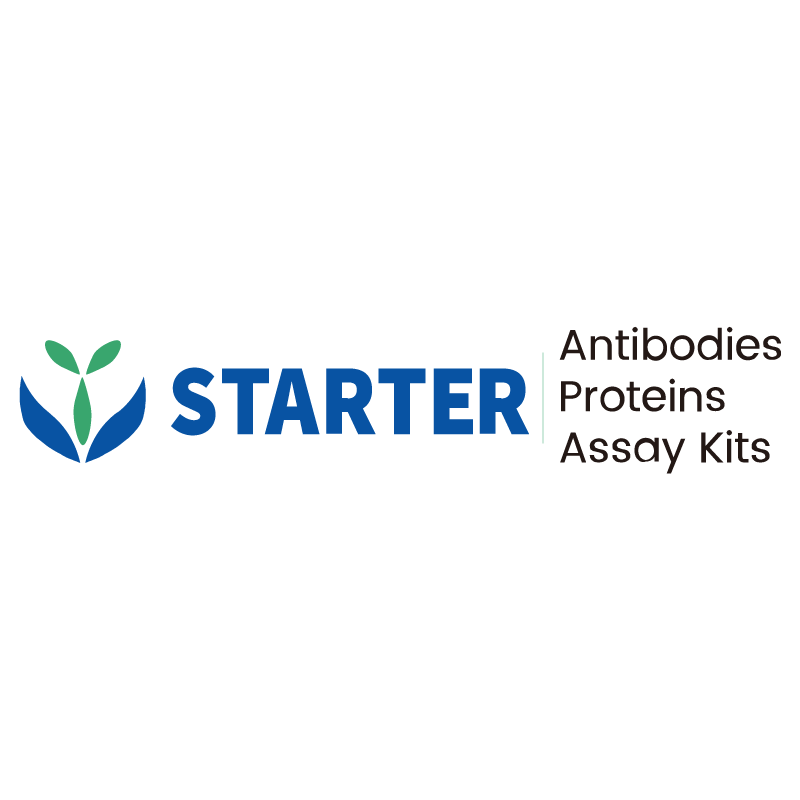Flow cytometric analysis of SD Rat splenocytes labelling Rat CD44H antibody at 1/2000 (0.1 μg) dilution / (Right panel) compared with a Mouse IgG2a, κ Isotype Control / (left panel). Goat Anti-Mouse IgG Alexa Fluor® 488 was used as the secondary antibody. Then cells were stained with CD3 - Brilliant Violet 605™ Antibody separately.
Product Details
Product Details
Product Specification
| Host | Mouse |
| Antigen | Rat CD44H |
| Synonyms | CD44s; CD44A; METAA; RHAMM; CD44; Pgp-1; H-CAM; CD44st; CD44std |
| Location | Cell membrane |
| Accession | P26051 |
| Clone Number | S-R623 |
| Antibody Type | Mouse mAb |
| Isotype | IgG2a,k |
| Application | FCM |
| Reactivity | Rt |
| Positive Sample | SD Rat splenocytes |
| Purification | Protein A |
| Concentration | 2 mg/ml |
| Conjugation | Unconjugated |
| Physical Appearance | Liquid |
| Storage Buffer | PBS pH7.4 |
| Stability & Storage | 12 months from date of receipt / reconstitution, 2 to 8 °C as supplied. |
Dilution
| application | dilution | species |
| FCM | 1:2000 | Rt |
Background
CD44H protein, also known as the standard form of CD44, is a widely expressed cell surface adhesion molecule that plays crucial roles in various cellular processes. It is a transmembrane, highly glycosylated protein primarily involved in cell-cell and cell-matrix interactions, particularly through its binding to hyaluronic acid (HA), a major component of the extracellular matrix. CD44H is expressed on most immune cells, including lymphocytes, monocytes, and granulocytes, and is also found on epithelial, endothelial, and mesenchymal cells. The protein's function includes facilitating cell motility, proliferation, and immune cell activation. In the context of cancer, CD44H is often overexpressed and is considered a marker for cancer stem cells, contributing to tumor development, metastasis, and chemoresistance. Its interaction with HA and other extracellular matrix components is essential for these processes. Additionally, CD44H is involved in the regulation of immune responses, including lymphocyte activation and homing. The protein's cytoplasmic domain interacts with the cytoskeleton and signaling molecules, further modulating cellular behavior.
Picture
Picture
FC


